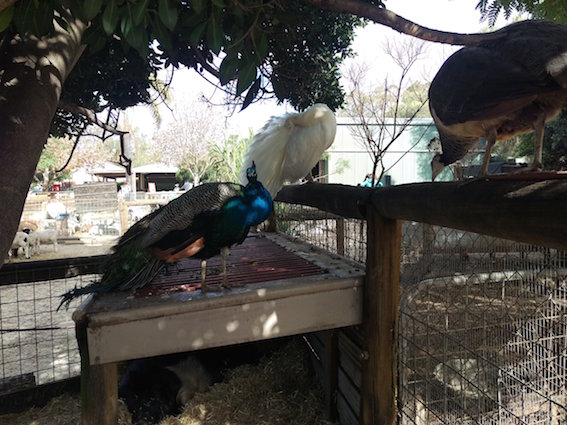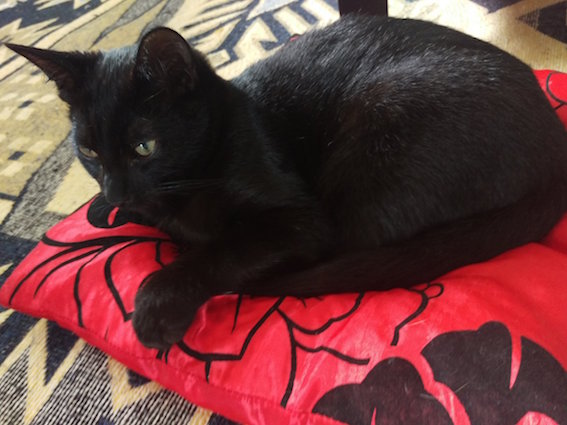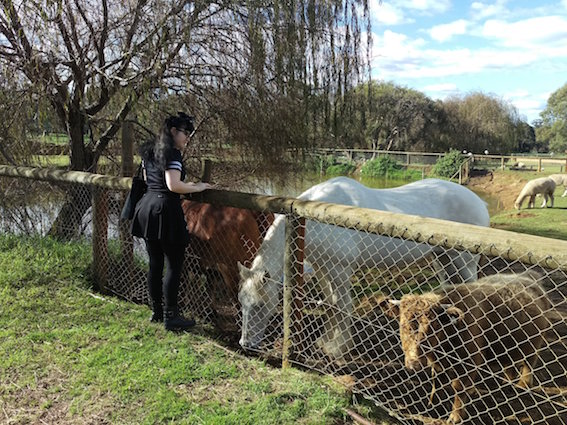
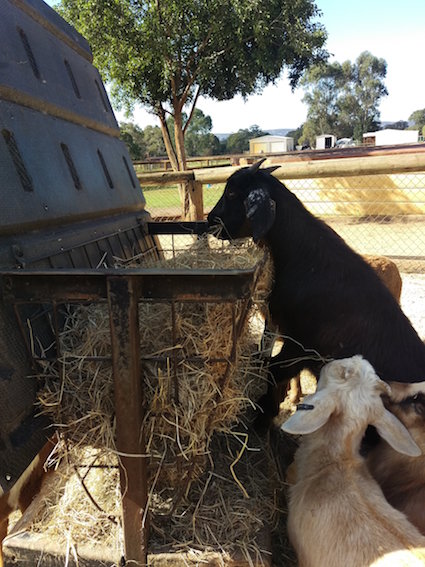 It was a busy weekend (although a good one!) so I’m a day late with this post. Saturday we attended the Less is More festival and I presented on keeping bees, then we had a mid-winter gathering at my mum’s place and caught up with friends and family there – and ate far too much delicious lamb tagine and roasted sweet potato. Sunday we headed out to the swan valley for breakfast at the Margaret River Chocolate Factory (which does a very nice breakfast), and then a day at the Swan Valley Cuddly Animal Farm.
It was a busy weekend (although a good one!) so I’m a day late with this post. Saturday we attended the Less is More festival and I presented on keeping bees, then we had a mid-winter gathering at my mum’s place and caught up with friends and family there – and ate far too much delicious lamb tagine and roasted sweet potato. Sunday we headed out to the swan valley for breakfast at the Margaret River Chocolate Factory (which does a very nice breakfast), and then a day at the Swan Valley Cuddly Animal Farm.
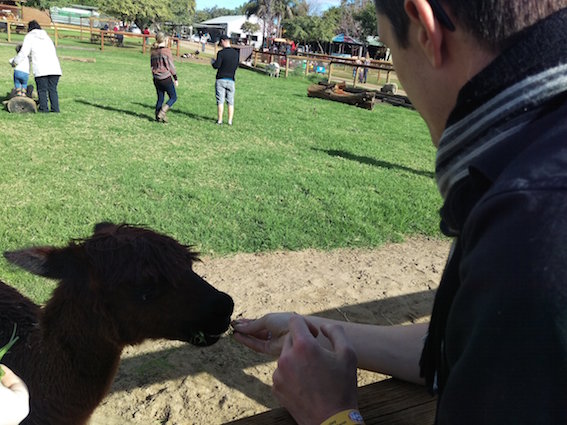 So many animals. Including Damara lambs, baby goats (and adult milking goats), guinea pigs, rabbits, chickens, pigeons, a baby deer (tame enough to eat grass from our hands and let us pet him), two foxes (not tame, in an enclosure away from bite-able fingers and also away from all the birds), pea-fowl, geese, cows, and a big white pony (horse) who was really quite friendly once he warmed up to us. It’s true – I’m still the same person who would sit perfectly still for half an hour at age 5 so that the semi-tame rabbits at the local rabbit farm would come and eat greens out of my hand, and needed to pat and feed every pony we saw. K was vastly amused to see me making friends with the horse at the Cuddly Animal Farm; he hasn’t really seen me around horses before.
So many animals. Including Damara lambs, baby goats (and adult milking goats), guinea pigs, rabbits, chickens, pigeons, a baby deer (tame enough to eat grass from our hands and let us pet him), two foxes (not tame, in an enclosure away from bite-able fingers and also away from all the birds), pea-fowl, geese, cows, and a big white pony (horse) who was really quite friendly once he warmed up to us. It’s true – I’m still the same person who would sit perfectly still for half an hour at age 5 so that the semi-tame rabbits at the local rabbit farm would come and eat greens out of my hand, and needed to pat and feed every pony we saw. K was vastly amused to see me making friends with the horse at the Cuddly Animal Farm; he hasn’t really seen me around horses before.
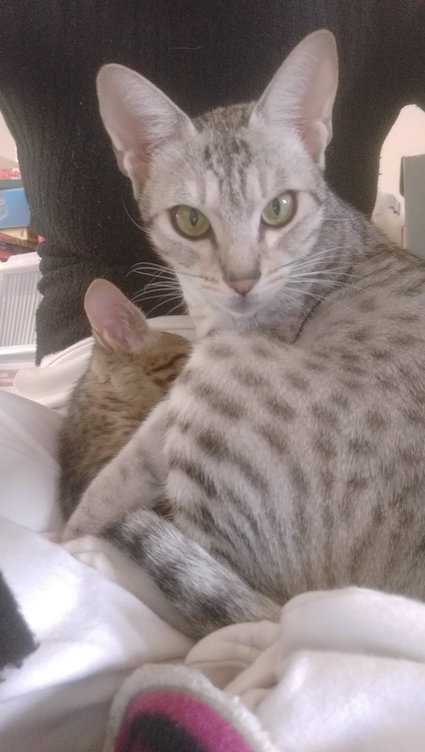 Sunday afternoon and evening we had some friends round for a movie night, because friends are important, and so are science fiction films. We watched the 1960 version of the Time Machine, and discussed how one might restart civilisation, and what three books one might take into that hypothetical future in order to do so. My selection is a good maths textbook (going form basics through to complex calculus and geometry), a new edition of one of those 70s homesteading books that shows how to build a house, fix a roof, plant a farm, spin, sew, make soap, etc., and a book of basic machines (things like the Open Source Ecology group are looking at, plus looms, spinning wheels, bicycles, and so forth), with Bill Mollison’s Permaculture Design Manual as a close fourth – but I’m interested in what other people would pick.
Sunday afternoon and evening we had some friends round for a movie night, because friends are important, and so are science fiction films. We watched the 1960 version of the Time Machine, and discussed how one might restart civilisation, and what three books one might take into that hypothetical future in order to do so. My selection is a good maths textbook (going form basics through to complex calculus and geometry), a new edition of one of those 70s homesteading books that shows how to build a house, fix a roof, plant a farm, spin, sew, make soap, etc., and a book of basic machines (things like the Open Source Ecology group are looking at, plus looms, spinning wheels, bicycles, and so forth), with Bill Mollison’s Permaculture Design Manual as a close fourth – but I’m interested in what other people would pick.
